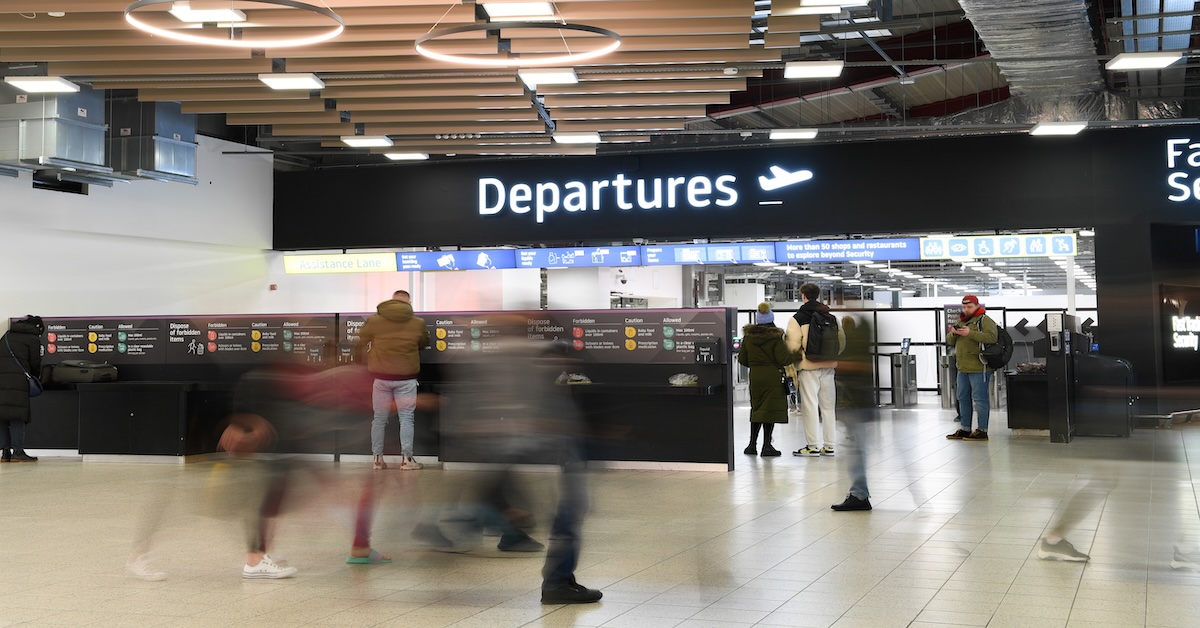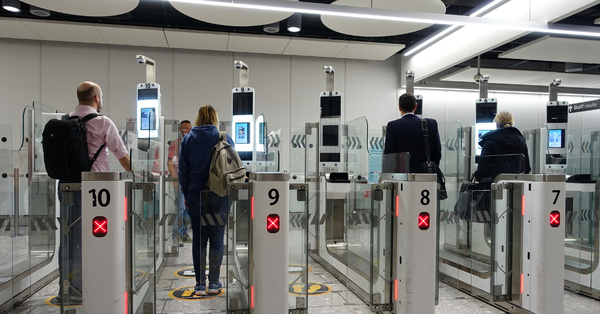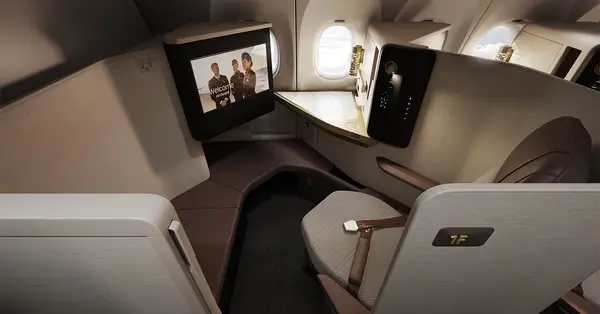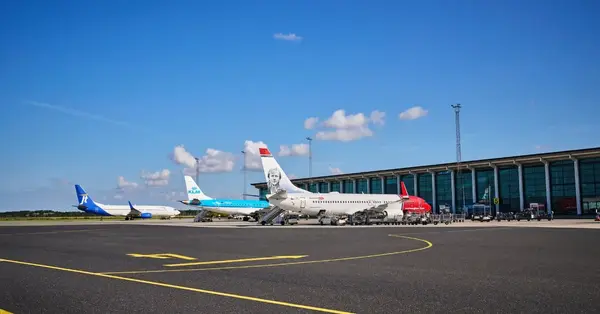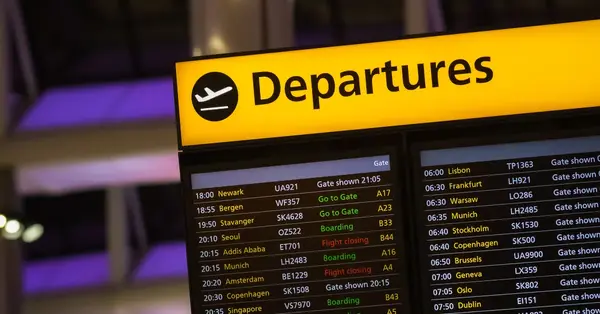You are viewing 1 of your 2 free articles
Start of EU biometric entry process in May ‘no longer achievable’
Plans to introduce a new automated EU border control system face further delays until the end of the year.
The biometric Entry/Exit system (EES) was due to be introduced by May, having already been pushed back from last year.
A new timetable will aim to have the technology in place by the end of 2023.
Under the scheme people entering the bloc from non-EU countries – including the UK – will need to register fingerprints and a photo with their passport details.
Registration will be valid for three years once travellers have given their fingerprints and details,.
During that time it must be validated every time someone crosses the border to replace the stamping of passports.
Abta’s director of public affairs, Luke Petherbridge, voiced “widespread concern” about the system when appearing before the House of Lords European affairs select committee in December.
He said the problem will be particularly acute at certain ports, such as Dover, which have less space to accommodate travellers than airports.
However, an EU agency’s board meeting last week said the May 2023 date was “considered no longer achievable”, blaming contractor delays.
The EU-LISA agency, which handles large-scale IT programmes for the bloc, is now planning a revised timetable due to be presented for approval in March.
A summary from a meeting on January 12 said: “Border crossing points should be fully equipped for the use of the entry-exit system by the end of the year.”
Pushing back the EES reflects delays in the start of the European Travel Information and Authorisation System (Etias) also from May until November.
Britons will be required to apply online for an Etias at a cost of €7 and last for two years.
It will be similar to the Esta visa waiver scheme, which tourists must have to enter the US.




